- Home
- Shop
- About the Artist
- Sale
- Sign in
-
Canada (CAD $)
July 18, 2025
Wahkotowin is a Northern Michif/Cree word which has a multi-faceted meaning which generally can be translated to kinship. It’s a word that reminds us that we are related to all around us and we have a responsibility to be in good relation with those around us. Of course, it’s important to remember that it doesn’t just extend to my family, to the people who live in my house or my neighbourhood. It extends to all people but also to those who are not human.
Humans can be so self-centered, but in Metis culture we remember that we are also related to the plants and animals of the natural world. We have a responsibility to be in good relation with all those around us, especially with the natural world.

My new exhibition opened June 19th at Two Rivers Gallery (open til Aug 3rd) and it’s all about the different relationships that plants and animals have with each other. It’s a reminder that humans are not the center of the world. It’s a celebration of the beautiful and complex relationships that animals have with plants and that these relationships are the foundation of our world.
I wanted people to feel grounded and empowered to be in better relation with our natural world. We need our flowers because it feeds our bees and bugs, which feed our birds. Our birds feed our predators and the whole circle of life is essential and important to our ecosystems. It’s a great thing to feel less afraid of bears, so when they enter our city because they have no berries, that we understand them a bit better. We know that they need berries and we can be more mindful of how to be in good relation with them when we encounter them.

I also wanted people to fall in love with nature. When we are in love with nature, we want to protect it. We want to do what we can to be in good relation with nature. To be kind, live life lightly and remember that the world does not revolve around us. We are just one species on a whole planet and we are supposed to be in relation with those around us.

While I advise everyone who can physically visit the art gallery to go while they can, because art always looks better in person, I know that’s not always feasible. So, this is my best replacement, if you will. Over the next two weeks I’ll post blog posts about each of my paintings, showing them in detail and talking about them in depth a bit more. Hope you enjoy!


The exhibition opens with First Foods, a painting of a mama bear who is nursing her babies. Behind her are a diversity of berries. This painting is all about the first foods that a bear eats during its first year of life. The first berries at the ground level are strawberries, the first berries to emerge. Then we have Saskatoons, Blueberries, Raspberries and Huckleberries. In the ground there are little ants because bears eat a lot of insects as well.
The first foods that a baby eats, whether it's a human baby or a bear, are sacred. These foods delicately raise our children and nurture their bodies and souls. They help our kids find a sense of identity, a connection to the land and each other.
Ecologically, bears and berries have a very close relationship. Bears rely heavily on berries to fill their diet. A fact which became quite obvious when we had a drought in 2022 and the berries failed, resulting in hundreds of bears coming into the city of Prince George. It's important that we remember that bears rely heavily on berries. So, it's essential we do not spray pesticides on our forest, that we leave berry patches for them to eat and we remain in good relation with them. To do that, means fewer negative bear encounters and fewer preventable bear deaths.
Bears are essential for our ecosystems. Bears spread berries, they are important predators and maintain ecological balance that we all benefit from. It's important that we acknowledge and honour these relationships through how we interact with them.
The name for this painting in Northern Michif is "Nistam Mîcôwina" which means First Foods (pronounced Nis-TUM MEE-TSO-wina). Nistam means first and Mîcôwina means foods.The translations have generously been provided by Vince Ahenakew, a renowned Northern Michif speaker.
Each of my painting titles has been translated to Northern Michif, a language related to both Heritage Michif and Cree. Northern Michif has aspects of Cree (Nehiyawewin) and Heritage Michif which borrows from French, creating a unique blend. It is found in Northern Saskatchewan and is an endangered indigenous language.
As part of my attempt to bring Michif into my life, I've been naming my paintings with these titles. The whole purpose is so that when I interact with these paintings, whether it's the original or the prints, I'm remembering that name. I'm bringing these words into my life in a repetitive way, hopefully helping myself retain them in the long term.
Hope you enjoyed this deep dive into one of my paintings. See you soon!
Watch the short video on how I made this on YouTube or Instagram.
Comments will be approved before showing up.
Sign up to get the latest on sales, new releases and more…
